New U.S. Secretary of Defense Pete Hegseth arrived at NATO headquarters on Wednesday for his first meetings, aiming to pressure European nations for more support for Ukraine and to increase military spending.
Washington’s allies are anxiously awaiting clarity from President Donald Trump’s administration after the unpredictable leader called for NATO to more than double its spending target and promised to end the war in Ukraine.
Hegseth’s two days of talks in Brussels with his counterparts from NATO and Ukraine are part of a flurry of visits to Europe this week by top U.S. officials. Those will culminate with Vice President JD Vance meeting Ukrainian President Volodymyr Zelenskyy at a security conference in Munich on Friday.
“Arrived at NATO HQ. Our commitment is clear: NATO must be a stronger, more lethal force – not a diplomatic club,” Hegseth wrote on X. “Time for allies to meet the moment.” The Pentagon chief on Wednesday will sit down with an international coalition of Ukraine’s backers before huddling with the 31 other defense ministers from NATO on Thursday.
Trump’s return to the White House has set nerves on edge as he pushes his “America First” agenda and has questioned U.S. security commitments in Europe. He has already rocked allies by announcing tariffs, and in Denmark’s case insisting he wants to take over Greenland.
On both Ukraine and their defense, Hegseth looks set to deliver the message that Washington expects European nations to do more. “The European continent deserves to be free from any aggression, but it ought to be those in the neighborhood investing the most in that individual and collective defense,” Hegseth said Tuesday as he kicked off his European trip at a U.S. military base in Germany.
His combative boss has long accused allies of underpaying and says NATO should ratchet up its defense spending target from the current 2% of GDP to 5%. That goal appears well out of reach for most – but NATO chief Mark Rutte is expected to highlight spending increases to show Washington Europe is stepping up.
Spurred on by Russia’s grinding war on Ukraine, last year 23 of NATO’s 32 members reached the 2% level. Given the level of Moscow’s threat, there is a clear acceptance that spending must rise, and Rutte has already said it could need to go “north” of 3%. Diplomats say they hope Hegseth will outline the administration’s demands, setting the stage for negotiations to set the target at a June summit in the Netherlands.
“The most difficult issue remains defense spending,” said one European diplomat at NATO. “We badly need to understand that without genuine commitment to significant increases of defense budgets on national and EU level, we will cause major problems for ourselves.” The other core question is Trump’s approach to Ukraine as Kyiv’s forces struggle to hold back Russia after nearly three years of all-out war.
Trump has pledged to strike a quick deal to end the conflict, but so far Washington has given few indications about any plan. Diplomats say they aren’t expecting Hegseth to lay out any details of how this will be achieved.
Instead, the Pentagon chief is expected to call on European allies to shoulder more of the burden of arming Ukraine. Trump’s national security advisor, Mike Waltz, told U.S. media that “the Europeans have to own this conflict going forward. “
Washington gave Kyiv tens of billions of dollars in military assistance under former president Joe Biden. But Trump’s administration has yet to provide details on new support, despite several billion dollars in remaining budget authorization carrying over from his predecessor’s time in office.
The meeting of Ukraine’s supporters will for the first time be chaired by Britain and not the U.S. NATO’s European members stress that they have spent more on helping Ukraine than the U.S.
Several countries – such as Britain – are expected to make announcements of fresh military support for Ukraine at the meeting.

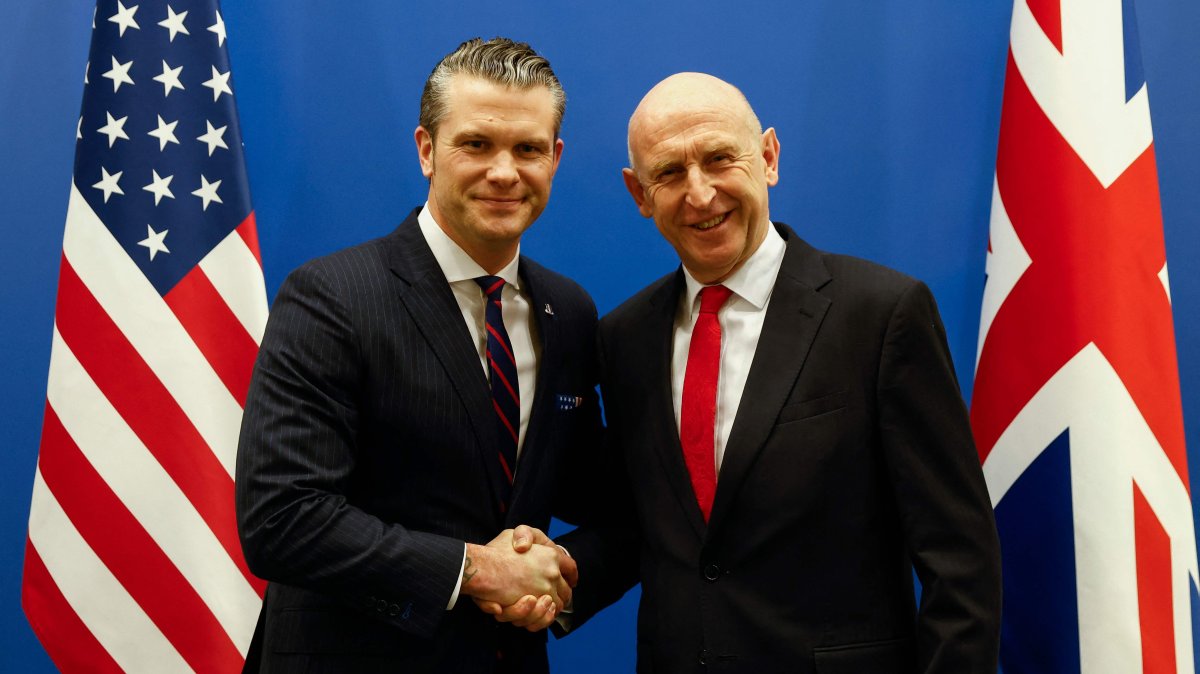




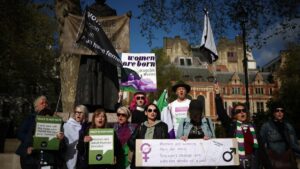
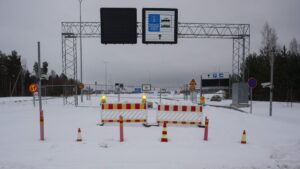
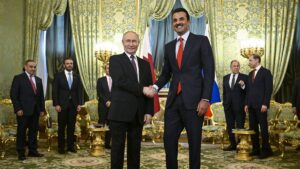

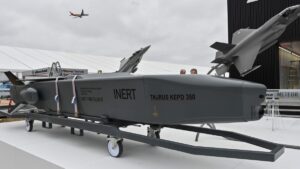

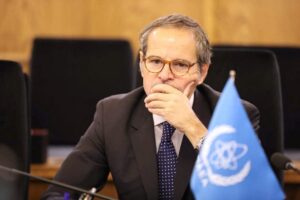
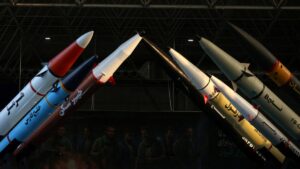


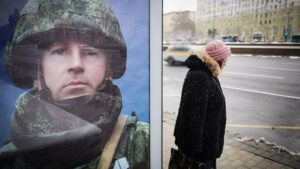

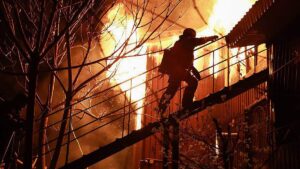
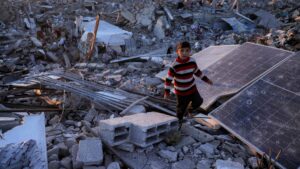
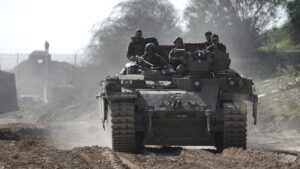









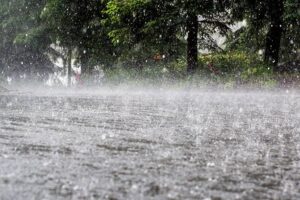
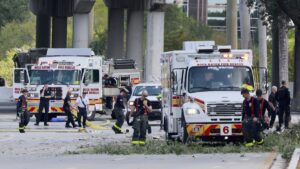
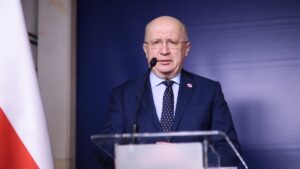
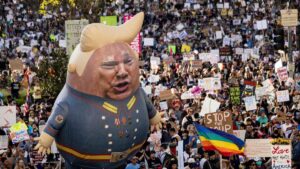
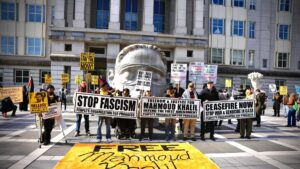

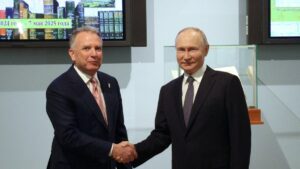
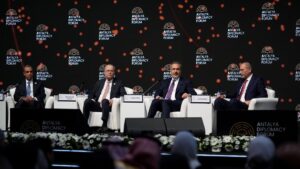
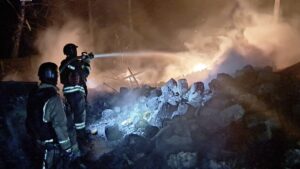
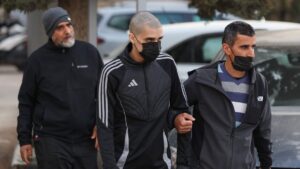



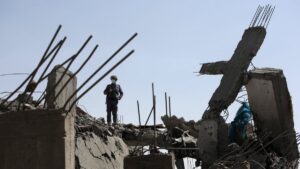
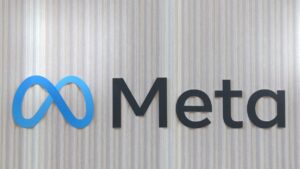
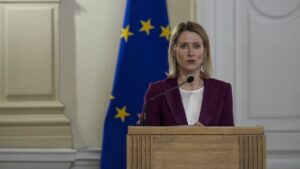
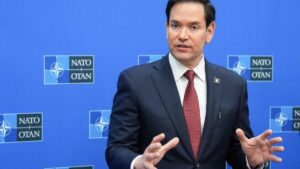

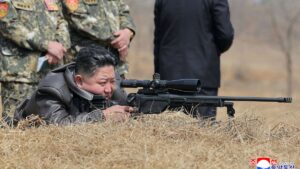
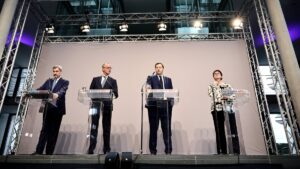

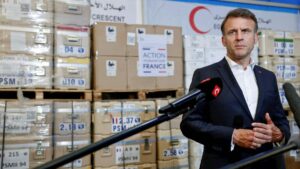
Be First to Comment